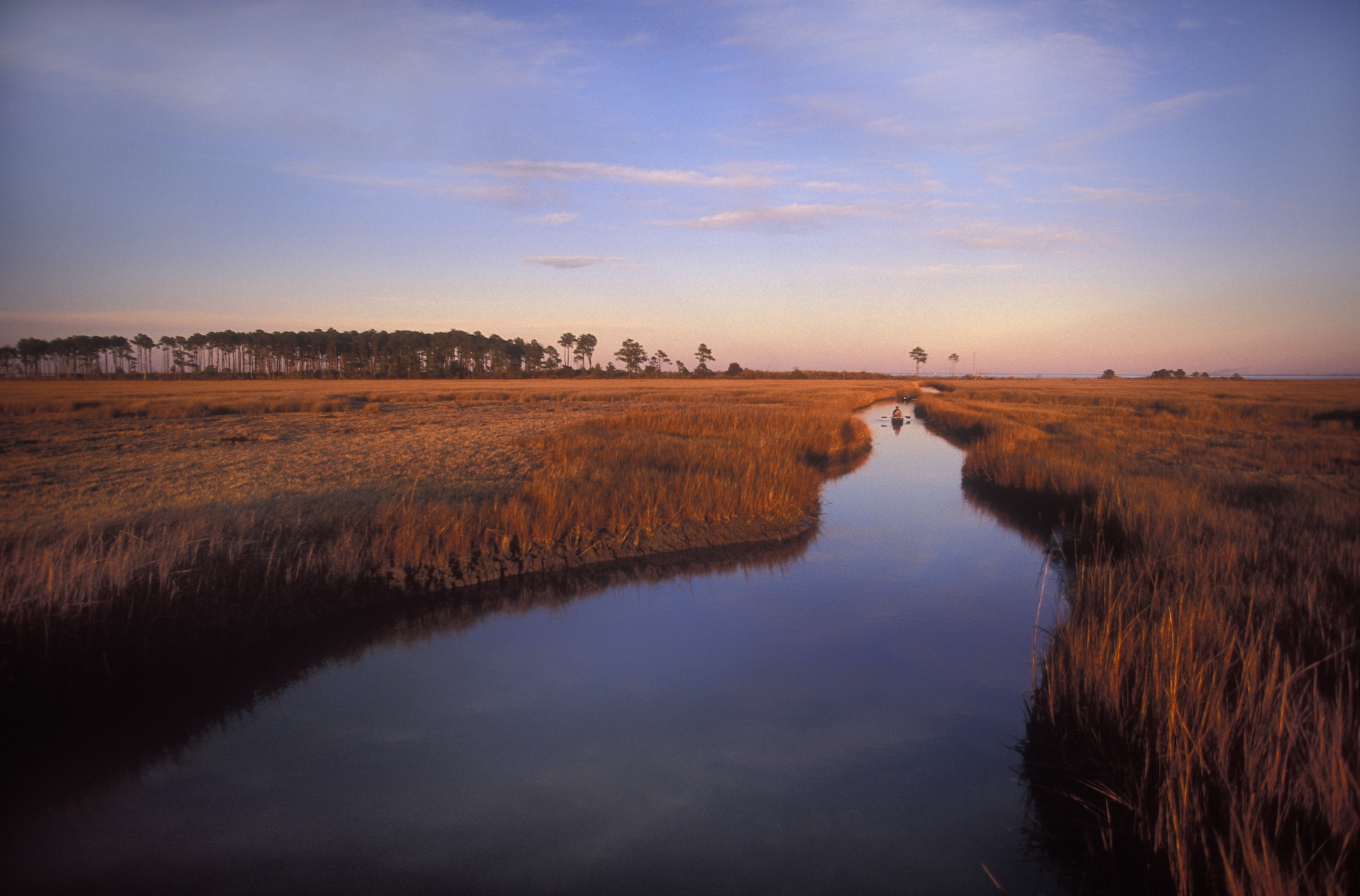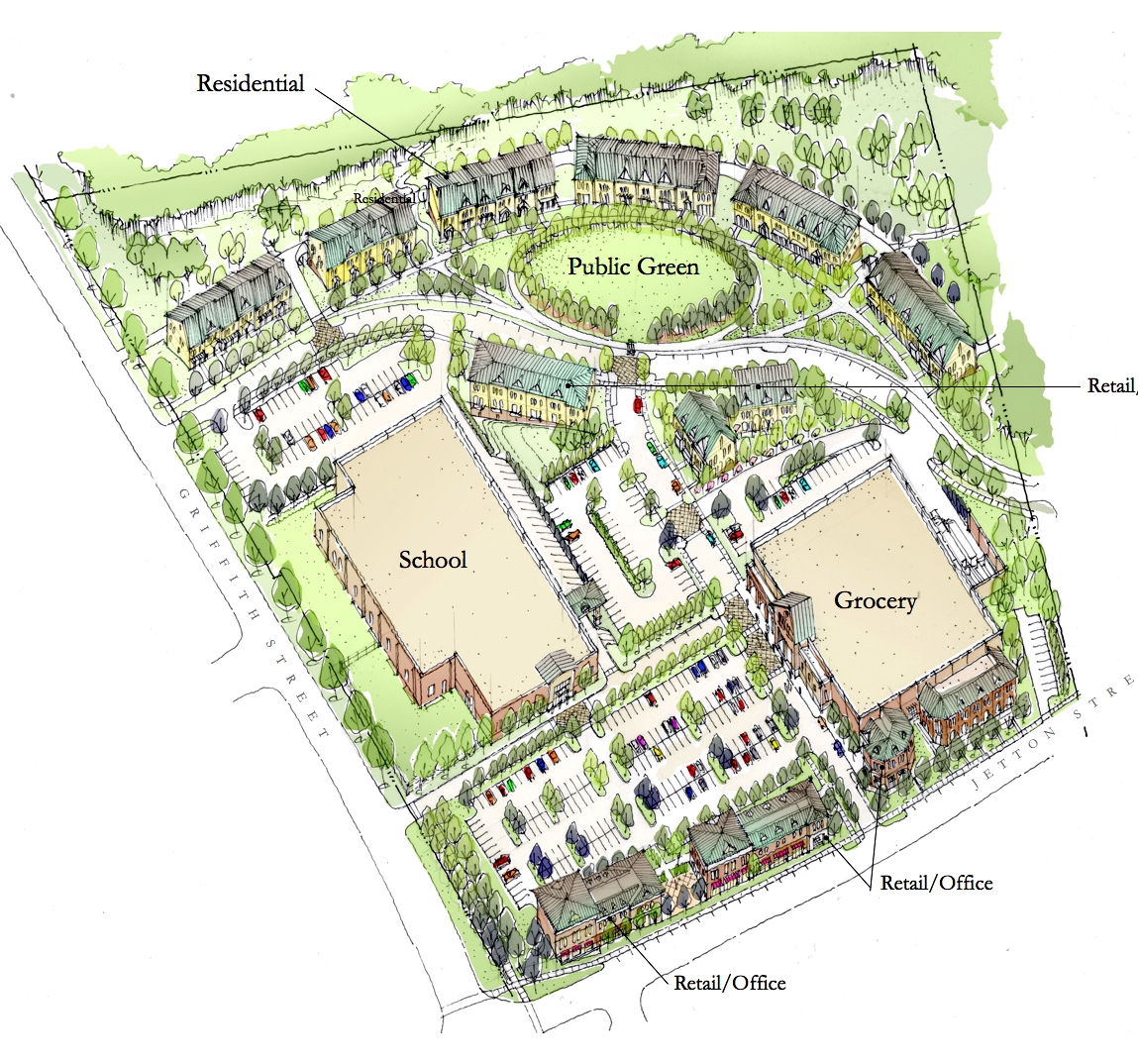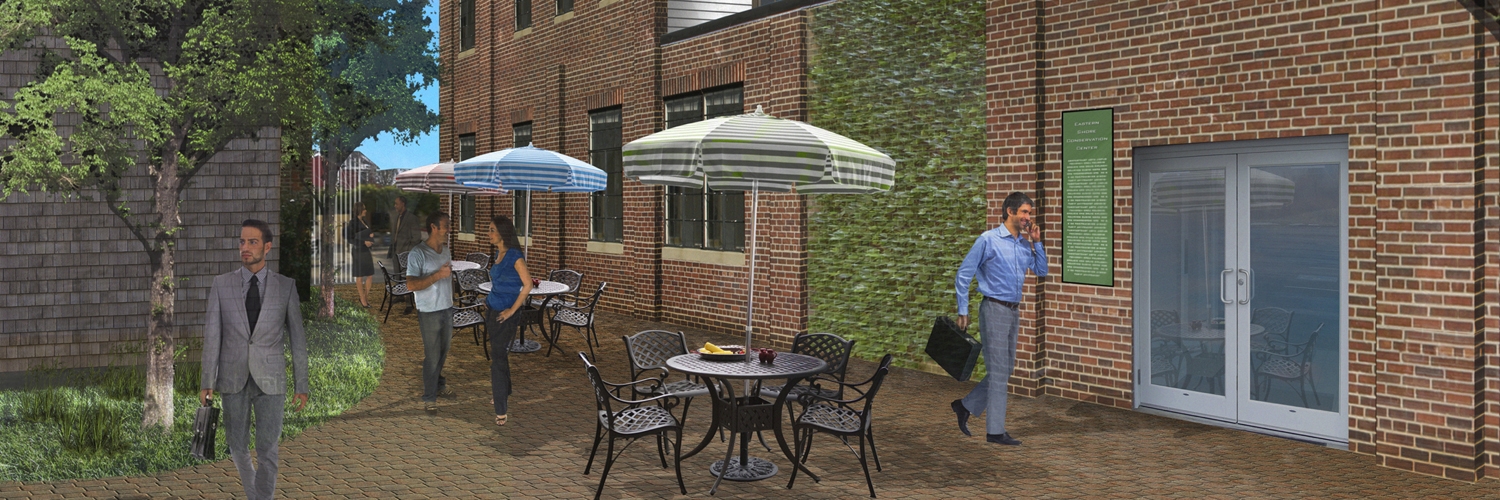Cambridge Gateways Report
Cambridge Gateways was designed to initiate a conversation among community leaders, City of Cambridge officials, residents and visitors about the impression the environment on U.S. Route 50 gives those who pass through Cambridge, the effect the physical conditions have on the local economy and culture, and how best to embody the character of a charming Eastern Shore waterfront city through gateway revitalization. The goal of the Cambridge Gateways engagement and design process was to develop strategies that would communicate to travelers that Downtown Waterfront Redevelopment District destinations exist and this Eastern Shore town is not to be missed. The City and Eastern Shore Land Conservancy identified the intersection of Route 50 and Maryland Avenue as the primary gateway to Cambridge in need of revitalization. The Maryland Avenue Gateway encompasses the area beginning on the corner of Route 50 and Byrn Street, running to the intersection of Route 50 and Maryland Avenue, and then turning west down Maryland Avenue and extending to Cambridge Creek Bridge. The City and ESLC worked in partnership to manage the community engagement and design process for gateway revitalization of the streets and potential greyfield properties in the Maryland Avenue Gateway. The City and ESLC developed schematic visions for Maryland Avenue Gateway, aiming to make this major entryway into the City more welcoming, to treat stormwater issues with green street improvements and reduced impervious surfaces, to create more effective and attractive directional signage, and to make the gateway area more accessible for the whole community along this major entryway into downtown Cambridge. The Cambridge Gateways Report is a first step in the community process toward green and revitalized Gateways for Cambridge. There is much opportunity ahead for feedback and suggestions in the community as the Cambridge Gateways project moves forward. Please peruse a presentation of our report: THE CAMBRIDGE GATEWAYS POWERPOINT










